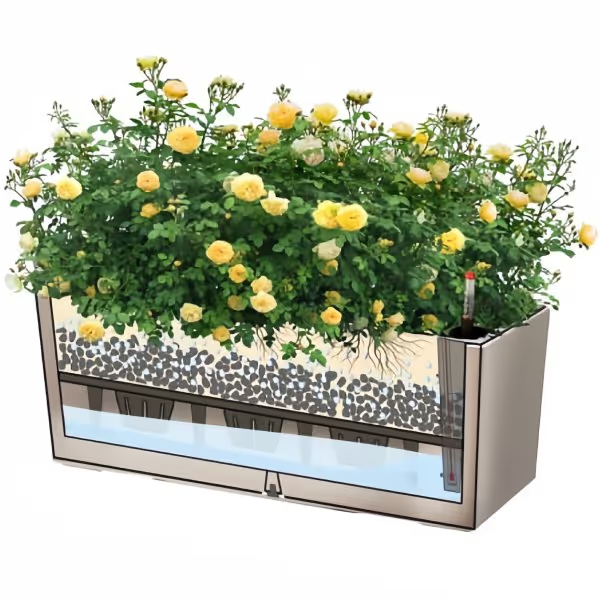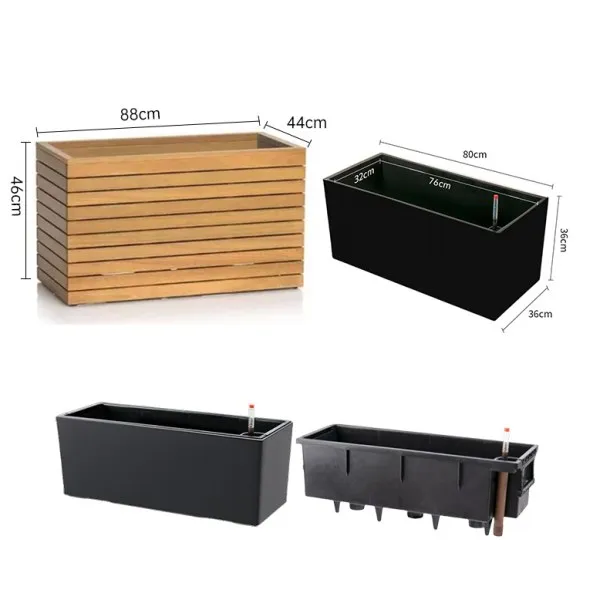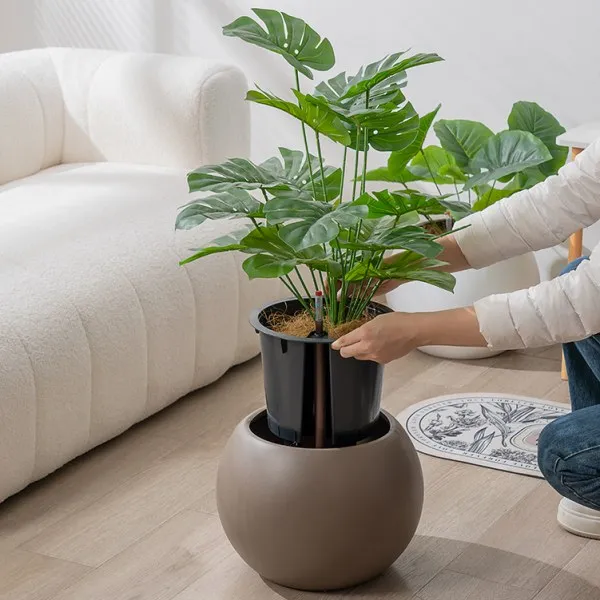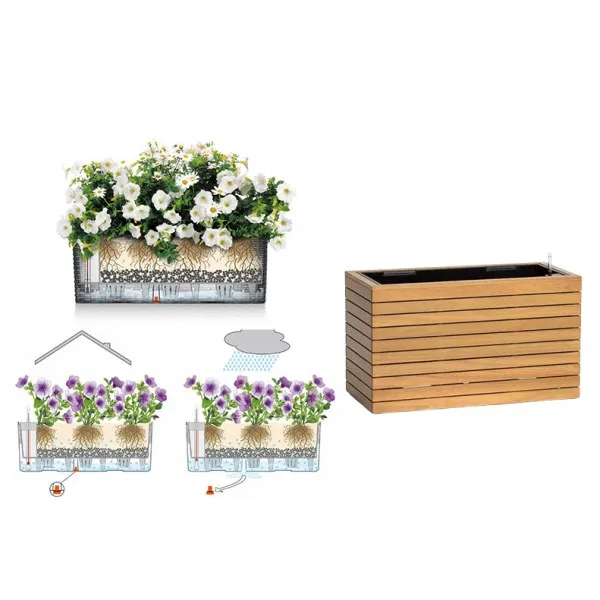

Tip: Choose porous substrates (e.g., mineral mixes) for faster root extension. Skip compacted soils.
Top-water 2-3 weeks until levels drop (at half-full)—roots are ready; switch to sub-irrigation.
Tip: Daily checks in summer; add a soil probe for accuracy.
Roots not reached yet—keep top-watering; clean if blocked.


Tip: Setup test: Pour water; ensure no pooling.
Trim mushy parts, repot fresh, extend dry phases (2-10 days). Skip quick refills.
Trolley wheels make big planters movable without disrupting irrigation.
Tip: Add anchors for windy areas.
Yes, universal kits work; check for unobstructed access.

Common issues from setup slips—quick fixes below:

Keep it simple—routine for peak performance:
Tip: Winter: Top-water mildly to prevent freezing; opt for hypoallergenic substrates.
Monthly anti-algae; increase in humidity—soft cloths only.
